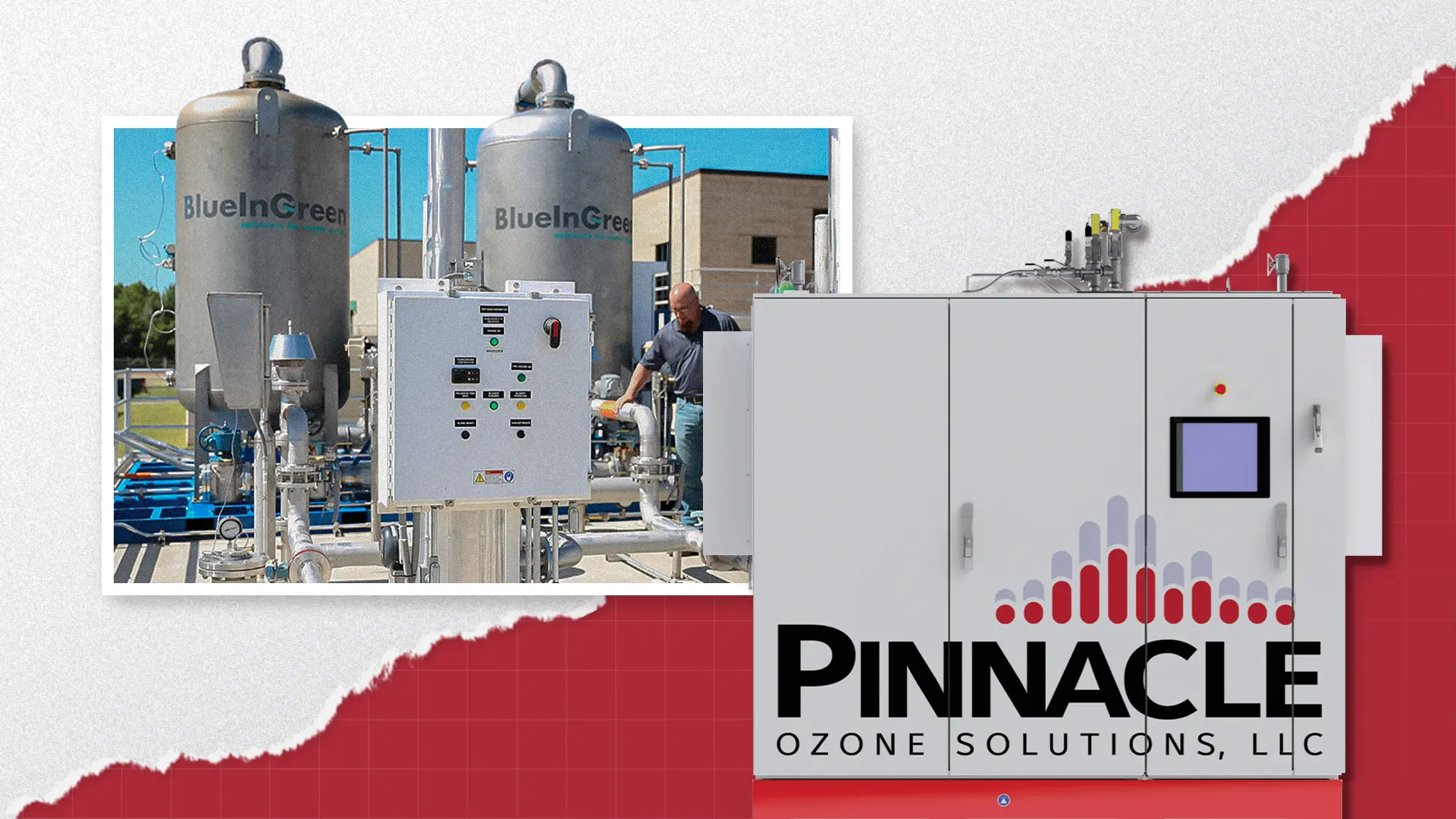Background
Located in drought-prone west-central Texas, the City of Abilene faced serious water scarcity after prolonged drought conditions began depleting surface water supplies in 2009. In response, the City launched a major water reuse initiative to secure long-term water resilience. The result was a complete retrofit and expansion of the Hamby Water Reclamation Facility (WRF), enabling the city to reclaim and return high-quality water to Lake Fort Phantom Hill Reservoir.
The Challenge
To meet aggressive water reuse and sustainability goals, the City needed to:
- Treat up to 9 MGD of wastewater with advanced contaminant and organics removal
- Protect the long-term water quality of a major reservoir• Keep treatment costs low while meeting strict regulatory standards
- Build flexibility and redundancy into the system for future scalability
- Compare parallel technologies (RO and O₃ + BAC) for long-term performance
The Approach
Abilene’s advanced treatment process begins with Biological Nutrient Removal (BNR) and a Membrane Bioreactor (MBR) to produce high-quality effluent. From there, flow is split between two treatment trains:
- 60% is treated via Reverse Osmosis (RO) for total dissolved solids (TDS) removal
- 40% (up to 3.6 MGD peak) is treated via Ozone (O3) + Biologically Activated Carbon (BAC), selected for its proven ability to remove trace organics, nutrients, and endocrine-disrupting compounds (EDCs)
Pilot studies confirmed the O₃ + BAC train outperformed UV and AOP (advanced oxidation processes), offering lower cost and higher contaminant removal without the need for hydrogen peroxide or additional chemical feed systems.
Pinnacle’s Solution
Pinnacle Ozone Solutions was selected to provide a complete turnkey ozone treatment system, delivering unmatched performance, flexibility, and ease of operation. Pinnacle’s scope included:
- Zenith 20X ozone generator platform featuring QuadBlock® technology
- Liquid oxygen (LOX) storage and delivery system
- Closed-loop chilled water cooling system
- 455 GPM side-stream injection system for high-efficiency ozone transfer
- Ozone off-gas collection and destruction
- Full ozone process controls and automation
- Redundant architecture to eliminate the need for standby units
Why Pinnacle Was Chosen
Pinnacle’s system stood out for its:
- Modular design and built-in redundancy
- Energy efficiency and high turndown ratio at constant ozone concentration
- Low total lifecycle cost
- Seamless integration of process controls
- Minimal maintenance and intuitive operator interface
The engineering team valued the complete system integration, while plant operators appreciated the user-friendly design and long-term reliability.
The Outcome
- System commissioned in Spring 2015, delivering up to 3.6 MGD through the ozone train
- High-performance removal of trace organics and EDCs
- Lower overall treatment cost compared to full-scale RO
- Supports potable water reuse goals and reservoir recharge
- Abilene became a regional leader in sustainable water reuse
On this page







